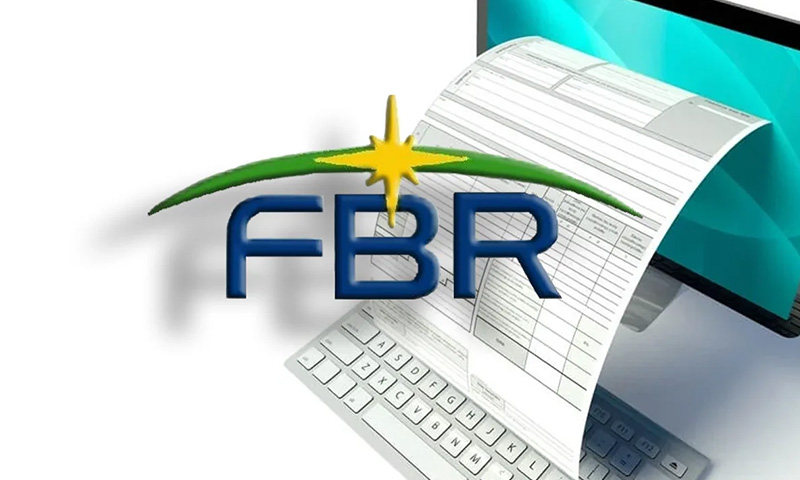- Web Desk
- 17 Minutes ago
FBR weighs new digital eyes on factories after track and trace success
-

- Web Desk
- 2 Hours ago

WEB DESK: The Federal Board of Revenue (FBR) is exploring the use of video analytics–based production monitoring systems as a possible addition to its existing Track and Trace System (TTS), which has been credited with improving tax collection and reducing evasion in several industries.
According to officials familiar with the development, the idea is to study whether artificial intelligence and camera-based monitoring could enhance production oversight. However, they maintained that the Track and Trace System already provides a reliable and transparent mechanism for ensuring compliance and curbing tax evasion.
How the track and trace system works
The TTS allows real-time monitoring of goods through secure, machine-readable tax stamps attached to each product. These fiscal marks, which contain cryptographic features, make it possible to verify the authenticity of goods and trace their movement from the point of production to retail outlets. This approach helps prevent counterfeiting, under-reporting, and smuggling, while providing end-to-end visibility across the supply chain.
In contrast, the proposed video analytics system would rely on cameras and AI to count items as they pass along the production line. Although this could offer useful insights into production volume and operational efficiency, it does not provide authentication or traceability once products leave the factory. Experts believe this limitation reduces its value for regulatory enforcement and tax verification.
Officials pointed out that without a visible tax stamp, there would be no way for consumers or authorities to distinguish between legitimate and illicit goods, particularly in sectors such as tobacco and sugar, where under-reporting and smuggling remain major concerns.
Proven results from the existing system
Data shared by the FBR shows that after the TTS was rolled out in the sugar sector, reported production increased by 34 percent in fiscal year 2021–22, while tax revenue rose by 33 percent. Similarly, in the tobacco sector, revenue collection climbed from Rs61.79 billion in 2022 to Rs83.5 billion in 2023, marking a 26 percent increase. Officials attributed these gains to improved documentation and transparency.
While the FBR is keen to continue digitising its monitoring systems, experts suggest that video analytics should serve as a complementary tool rather than a replacement for the TTS. They argue that the fiscal marking system remains crucial for authenticating products and ensuring regulatory compliance.
For now, the FBR is expected to retain the Track and Trace framework in existing sectors and may look to expand it to other high-potential industries, while exploring new technologies in parallel to strengthen oversight and boost tax revenue.




